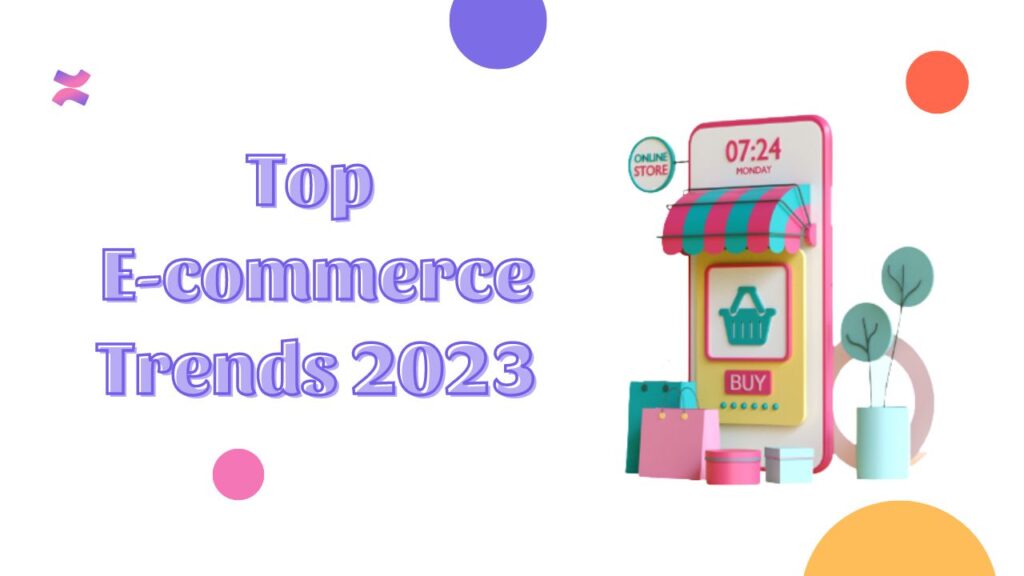2022 is keeping e-commerce business owners on their toes. From the end of the pandemic- induced boom to the economic shock caused by the war in Ukraine, it’s been a very challenging year for the e-commerce Marketing industry. To thrive in the e-commerce space, it is now more important than ever to stay ahead of the curve and embrace emerging trends.
As 2022 comes to an end, we’ve invited 20 e-commerce experts to review changes in the industry and share their thoughts on the trends that will define 2023.

Which E-Commerce Trends Will Define 2023?
- Augmented Reality and Virtual Reality: Augmented reality (AR) and virtual reality (VR) technologies continue to make waves in the e-commerce space. AR and VR allow shoppers to experience products in a completely new way, providing an immersive shopping experience to customers.
- Automated Shopping Experiences: Automation is becoming an increasingly important part of the shopping experience. Automated checkout processes, product recommendations, and even Chat bot shopping assistants are becoming more popular and are providing shoppers with a more personalized and efficient shopping experience.
- Voice Shopping: Voice assistants like Amazon Alexa and Google Home are allowing users to shop without having to type or click a single button. Voice shopping offers a more intuitive and convenient shopping experience to consumers and is continuing to become a
more popular way of online shopping. - AI-driven Personalization: AI-driven personalization has already become a major trend in e-commerce and this trend is expected to continue in 2023. AI-driven personalization allows retailers to provide a more personalized shopping experience to customers by collecting data and analysing it to provide more relevant and targeted product
recommendations. - Social Commerce: Social commerce is continuing to grow in popularity and is expected to become an even more important part of e-commerce in the coming years. Social commerce platforms like Instagram and Snapchat are allowing users to shop directly from
their social media accounts. This can help reduce the friction of the shopping process and increase conversions. - Mobile Shopping: Mobile shopping is becoming more popular as more and more shoppers turn to mobile devices to shop online. Mobile-friendly websites, optimized checkout processes, and mobile payment options are making it easier for customers to shop on their phones.
- Blockchain Technology: Block chain technology has the potential to revolutionize the e-commerce industry by providing a more secure, transparent, and reliable way of conducting transactions. This technology can also help reduce fraud and increase trust between retailers and customers.
- Subscription-Based Shopping: Subscription-based models are becoming more popular in e-commerce as customers increasingly look for convenience and value. Subscription-ased models allow customers to receive a steady stream of products on a regular basis
and can help build loyalty and generate recurring revenue for retailers.







Post your comments
You must be logged in to post a comment.